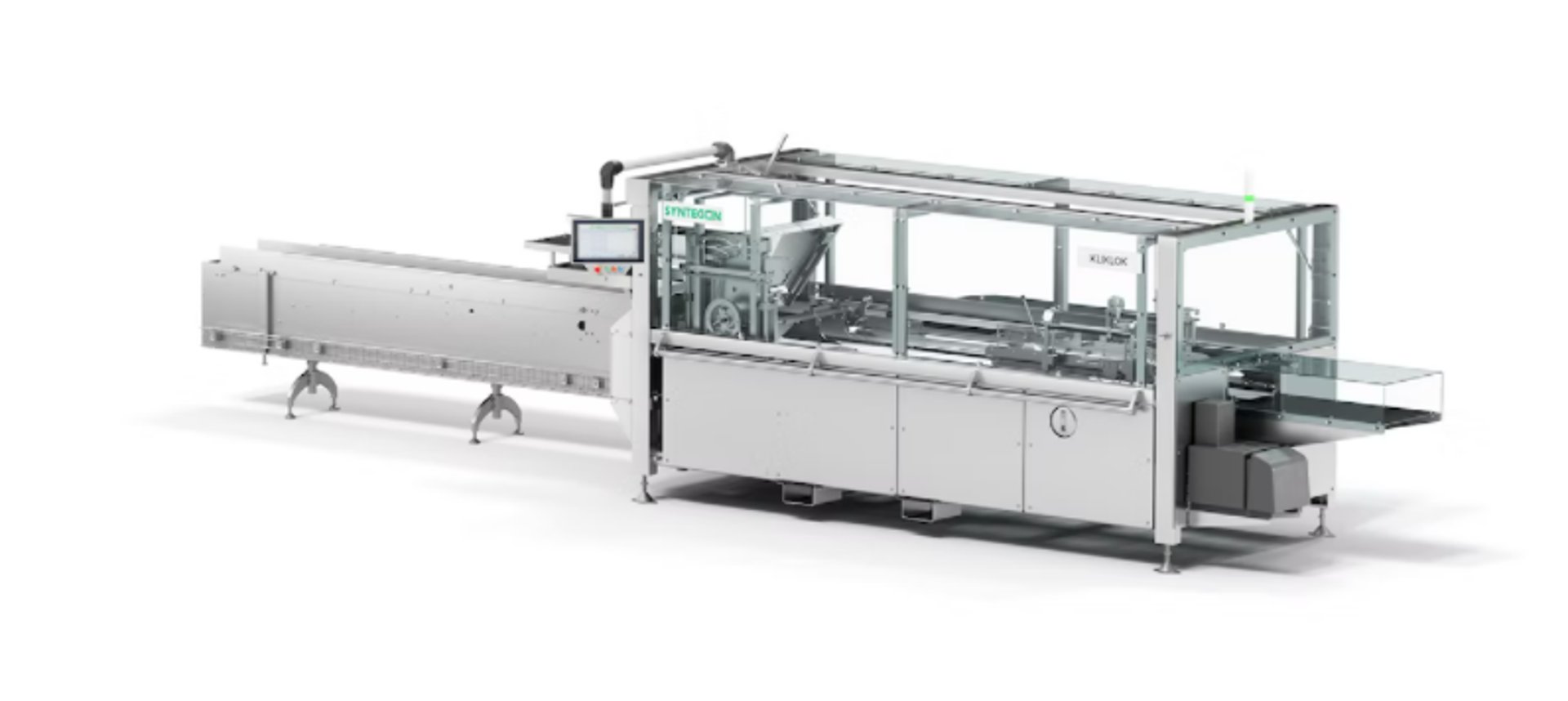
An Expert’s Perspective: Understanding The Dynamics of Cartoner Packaging Machines
Blog post description.
10/23/20233 min read


Packaging has exponentially evolved with technological advances, propelling businesses into increased efficiency, robust supply chains, and competitive advantages. A key player in this revolutionary mechanization is the cartoner packaging machine. As an assembly line end-packaging device, it intricately collates, folds, and closes cartons with an adeptness and precision unrivaled by manual labor. The fundamental purpose of this extensive article is to delve deeper into the technical aspects of cartoner packaging machines, extrapolating their operational mechanisms, advantages, and industry applications.
A Comprehensive Overview of a Cartoner Packaging Machine
A carton packaging machine, colloquially known as a cartoner, is a sophisticated piece of equipment dedicated to creating carton boxes and packaging an array of goods and products inside them. These machines operate with high precision and accuracy, reducing human labor and increasing efficiency. The packaging process involves numerous articulate steps - from erecting a flat carton box, filling it with products, to closing it by folding or applying glue.
Cartoner Packaging Machines: Principal Types
Based on the level of automation and direction of loading the product into the carton, carton packaging machines are primarily categorized into three types:
Manual Cartoners: These require human intervention/aid for part of the packaging process, typically product filling. As the simplest form of cartoners, they are best suited for small-scale operations or industries with low production rates.
Semi-Automatic Cartoners: These machines take over the whole process of carton erecting and closing but may require manual help for product placement. They offer a good balance between automation and budget, ideal for medium-scale industries.
Fully-Automatic Cartoners: These highly automated machines conduct the entire process from carton erection, product filling, to carton sealing. They significantly boost production speed and are suited for large-scale, high-demand industries.
Also, depending on the direction of product loading, cartoners can be horizontal or vertical. In horizontal cartoners, the cartons move horizontally, and the products are inserted from the side. Vertical cartoners, on the other hand, allow cartons to be filled from the top while they are in a vertical position.
Operational Mechanics of a Cartoner Packaging Machine
A well-engineered carton packaging machine comprises various key components, each with a precise role.
Magazine: This is where blank, flat cartons are placed. The feeding unit pulls one carton from the magazine and passes it on to the other stages.
Carton Erector: This section acquires a flat carton, erects it and holds it in place to be filled with the product.
Product Conveyor and Loader: Items are loaded onto the conveyor, either manually or automatically, and then transported to the product loader, which skilfully places items into the carton.
Closing Section: Once the carton is filled, it is moved to the closing section where the flaps are folded and sealed. This can be achieved through hot melt glue application or tuck closures.
Advantages of Utilizing a Cartoner Packaging Machine
The use of cartoner packaging machines offers vital advantages for businesses. Firstly, they efficiently streamline the packaging process, leading to increased productivity. Secondly, they deliver high precision and consistency, reducing errors and ensuring uniform packaging. This precise operation enhances brand reputation and consumer trust.
Moreover, automated cartoners dramatically reduce labor costs, making them an economically sound choice in the long run. They also offer flexibility as they can handle various carton sizes and packaging styles, making them suitable for a range of applications.
Considerations for Selecting a Cartoner Packaging Machine
While selecting a cartoner, businesses should consider their specific requirements and constraints. They should assess the machine's speed capabilities, automation level, required workforce, carton size capacity and machine size, operational ease, adaptability to handle different carton styles, budget, and product type (liquid, solid, granular, or powder).
Conclusion
As packaging remains a fundamental process in any product-based industry, harnessing the power of advanced machinery such as cartoner packaging machines is imperative. The successful integration of such technology significantly enhances productivity, efficiency, and competitiveness, providing significant returns on investment.
In this era of accelerating technological advancements, securing a firm footing in the market demands a constant hunt for innovations that leverage operations and drive profitability. Cartoner packaging machines are undoubtedly one such essential innovation. As businesses across the world continue to unlock their true potential, the future of packaging is set to be transformed phenomenally.
Contact Us
Servi-Pack S.A.U.
132-134 rue de Merville - 59940 ESTAIRES - Nord
info@servipack.com
Tel.: 03 28 42 74 24
Fax: 03 28 48 98 16
